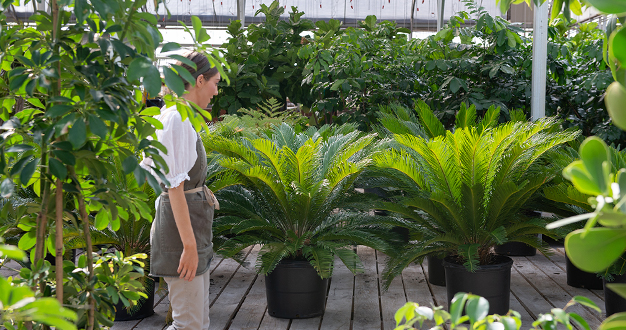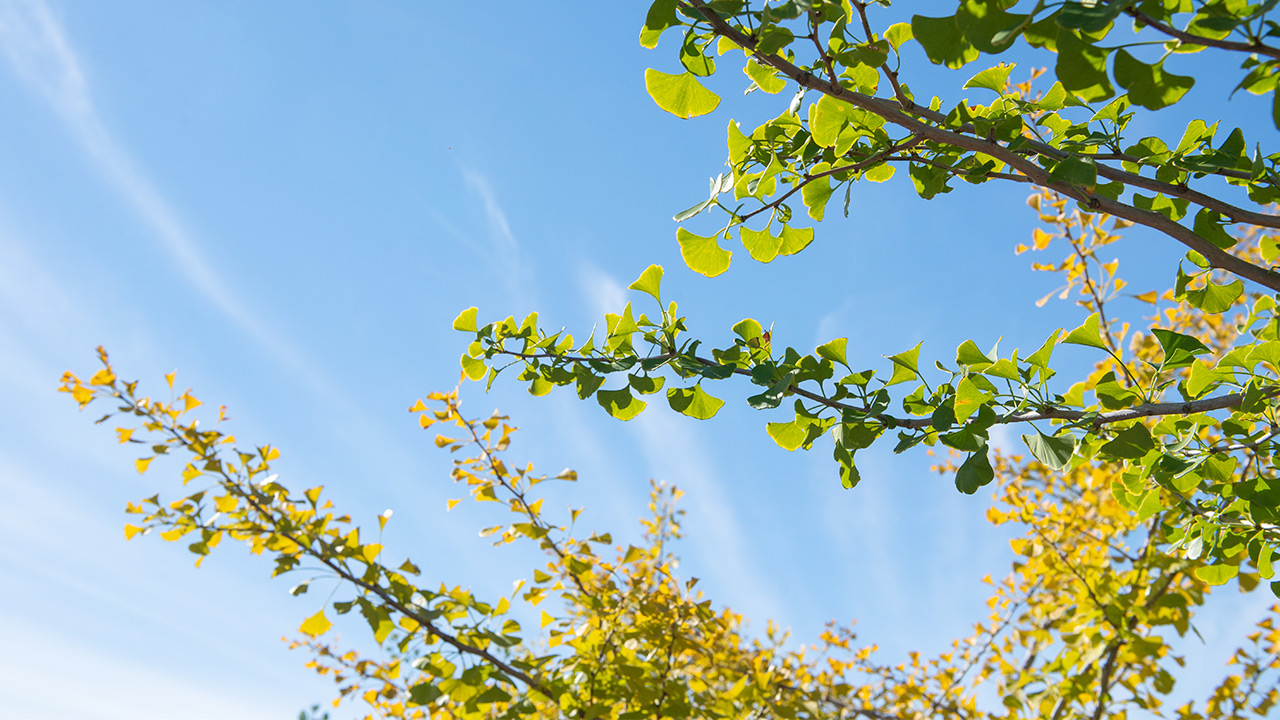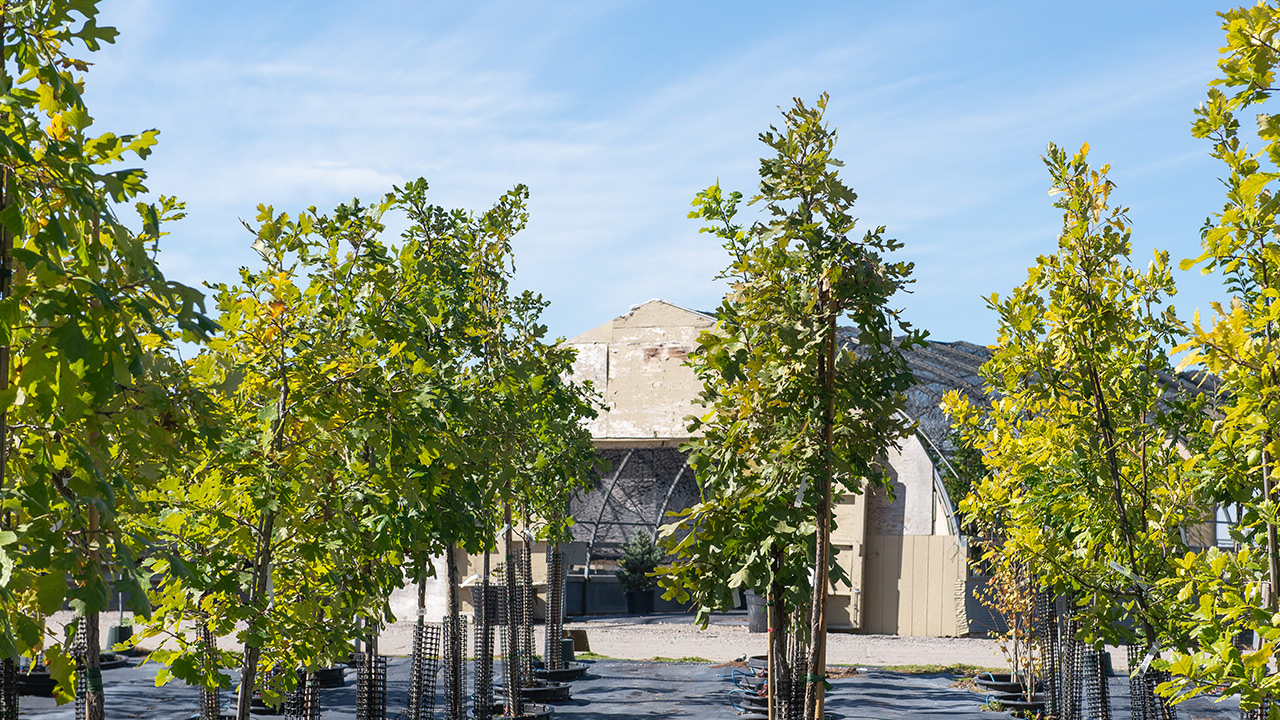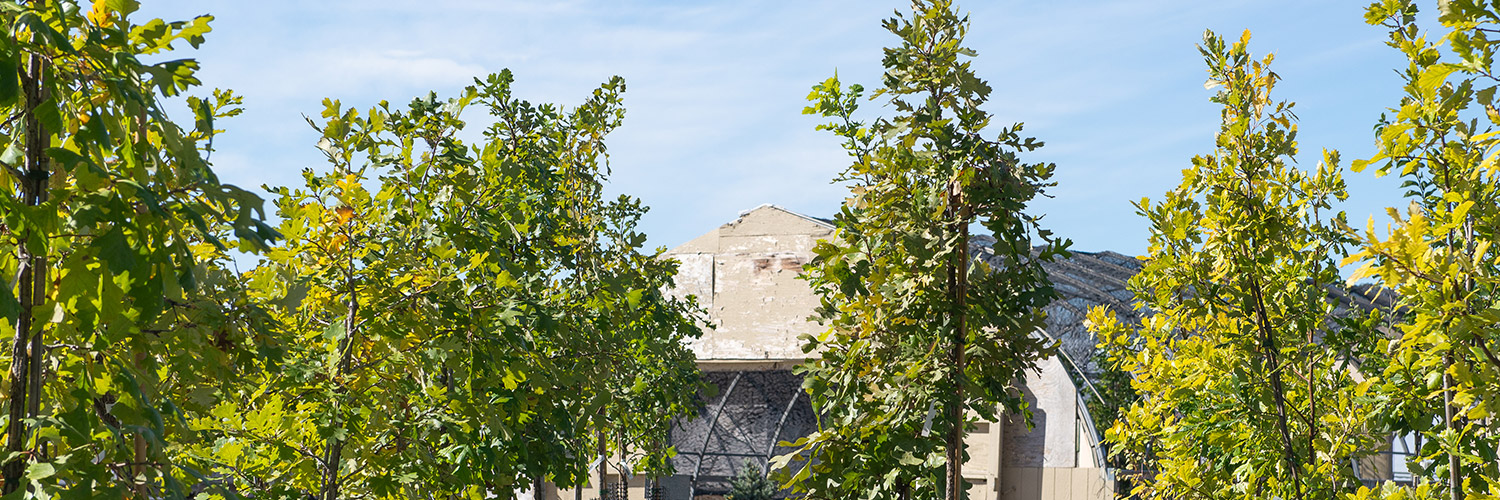
A tree is one of the most important and long-lasting additions you’ll make to your home’s outdoor space. There are so many wonderful trees to choose from, representing a range of heights, shapes, colors, and other aesthetic details. While you may have a favorite tree in mind right away, a careful approach – one that includes first thinking about your objectives, the tree’s environmental needs, and the conditions of your space – will go a long way toward ensuring that both you and your tree are happy for years to come.
Here, we cover some important questions to ask yourself while you’re choosing a tree. The answers will narrow down your list of candidates to the ones that fit best – ensuring that the tree you pick will be the perfect one for you and your home.

Step 1: Define Your Objective
There are so many great reasons to plant a tree and knowing why you want a tree is the first step to making the perfect choice. You may want a tree to shade your roof, create a wind-break, define a property line, or block a view. With this objective established, start making a list of trees with the right height, shape, and style to help you meet that goal.
For example, an ideal shade tree for a two-story home is tall with a thick summer canopy – like an oak or a maple. But, if you want to create a private setting around a ground-level patio, then a shorter, wider tree might be better – like an ornamental crabapple or serviceberry. Or perhaps you need your tree to block gusty winds during the cold months. In that case, an evergreen that keeps its dense foliage through the winter would be perfect.
No matter what you want your tree to do for you, it’s important to keep your objective firmly in mind as you begin your search – so you steer toward the trees that meet your needs in the long run.

Step 2: Know Your Planting Site
Of course, your reason for planting a tree often coincides directly with the location you’re going to plant it, and locations vary in the amount of sun, soil moisture, wind, and other environmental conditions. Each tree species has its own preferences, and some do better under certain conditions than others.
The planting space may also have other aspects that you need to consider too – like the size of the yard, the proximity to the house, the location of power lines and other trees. For example, if the place you want to plant is close to a property line, you may want a tree that stays relatively narrow as it grows – like a paper birch or an evergreen – to avoid encroaching on the neighbors.
If the location is windy, then a sturdier, slow-growing tree would be a good choice – like a native oak, hackberry, or Kentucky coffeetree. Or maybe the spot is in a low area where the soil stays relatively damp. In that case, moisture-lovers like swamp white oak or willow might be happier there than other species.

Step 3: Fill in the Details
Once you’ve defined your objective and know the conditions at your planting site, you may have a long list of potentials. That’s when you can start looking at all the foliage colors, leaf shapes, flowers, berries, and other amazing details each tree species has to offer.
Maybe you’d like your tree to bloom purple in the spring – or fill your yard with blazing orange in the fall. Maybe you want to attract more native birds to your yard, but you’d also like to avoid fallen seeds and fruit. Perhaps you love the way ginkgo leaves dance in the wind or how a certain elm reminds you of your grandmother.
Your tree needs to be happy, but so do you, and taking the time to decide exactly what you want to see in your outdoor space ensures years of satisfaction with your choice.
Come Find the Perfect Tree!
At this point, you may know exactly which tree fits all your criteria – or you might just need some feedback before making your final decision. Or maybe all you know is that you want a tree, and you don’t know where to start looking. Wherever you are in the process and whatever it is you’re looking for, come talk with the team in our Nursery Yard – we’ll help you find and plant the perfect tree.


